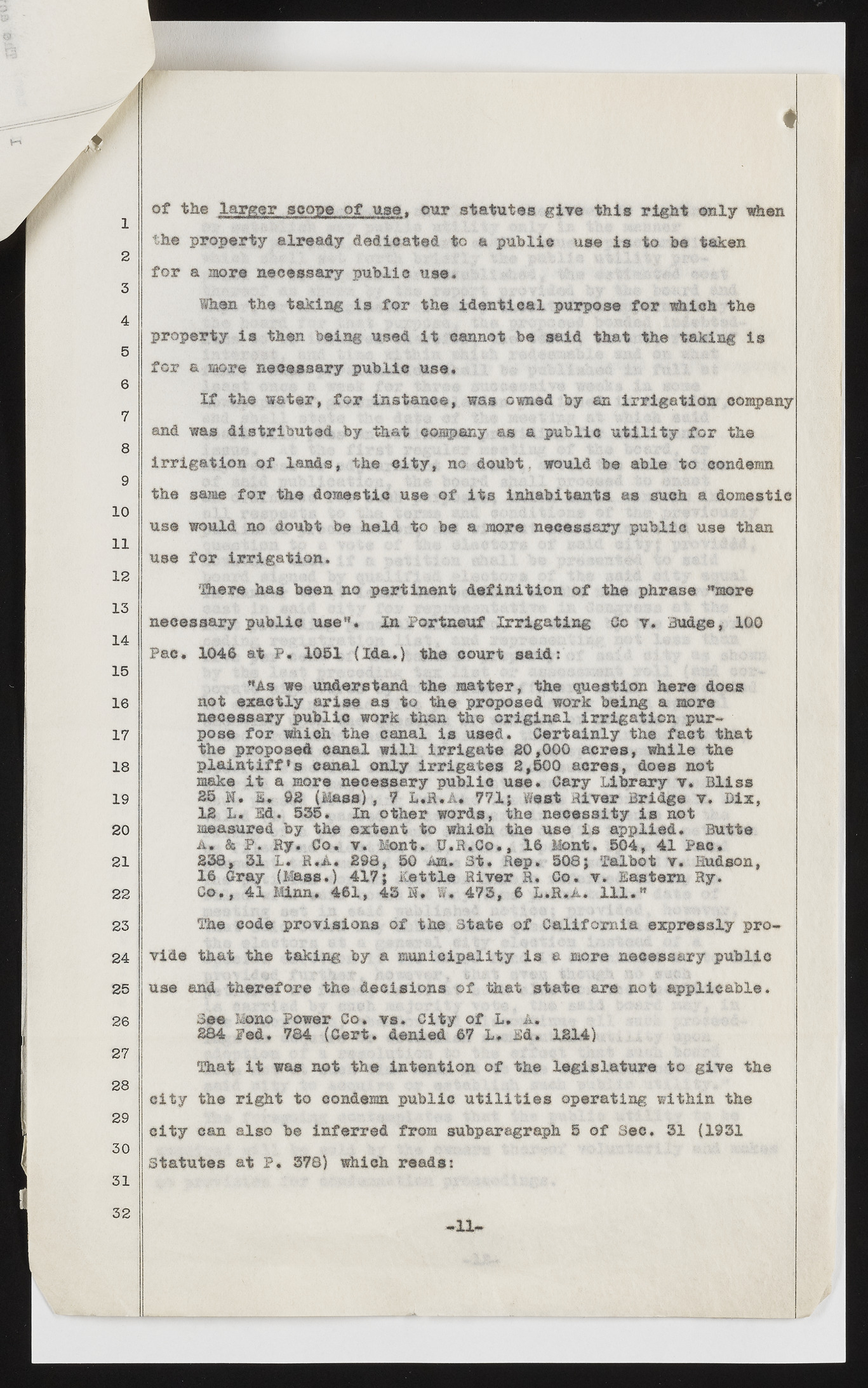Copyright & Fair-use Agreement
UNLV Special Collections provides copies of materials to facilitate private study, scholarship, or research. Material not in the public domain may be used according to fair use of copyrighted materials as defined by copyright law. Please cite us.
Please note that UNLV may not own the copyright to these materials and cannot provide permission to publish or distribute materials when UNLV is not the copyright holder. The user is solely responsible for determining the copyright status of materials and obtaining permission to use material from the copyright holder and for determining whether any permissions relating to any other rights are necessary for the intended use, and for obtaining all required permissions beyond that allowed by fair use.
Read more about our reproduction and use policy.
I agree.Information
Digital ID
Permalink
Details
Member of
More Info
Rights
Digital Provenance
Publisher
Transcription
1 2 3 4 5 6 7 8 9 10 11 12 13 14 15 16 17 18 19 20 21 22 23 24 25 26 27 28 29 30 31 32 of the 1 3OOP® of us®. our statutes giro this right only when the property already dedicated to a public use i s to be taken fo r a more necessary public use. When the taking is fo r the iden tical purpose fo r which the property is then being used i t cannot be said that the taking is fo r a more necessary public use* I f the water* fo r instance, was owned by an irrig a tio n company and was distributed by that eosrpeny as a public u t ilit y fo r the irrig a tio n of lands, the city , no doubt, would be able to condemn the same fo r the domestic use of it s Inhabitants as such a domestic us® would no doubt be hold to be a more necessary public use than us® fo r irrig a tio n . There has been no pertinent d efin itio n of the phrase "more necessary public use”. In Portneuf Irrig a tin g Go y. Budge, 100 Pae. 104$ at P* 1051 {Id a .) the court said! M£s we understand the matter, the .question here does not exactly arise as to the proposed work being a more necessary public work than the o rig in a l irrig a tio n pur- ? pose fo r which the canal is used. Certainly the fast that the proposed canal w ill irrig a te 2 0 ,0 0 0 acres, while the p la in t iff* s canal only irrig a te s 2,500 acres, does not make i t a more necessary public use. Gary Library v. B liss 25 if. 1, §j£ (M ass), 1 L.B.A* 771j West Hirer Bridge y . Dix, 12. L. Id . 535. In other words, the necessity is not measured .by the extent to which the us© is applied* Butte A. k P* 'Ey* Co. v. Mont. U.B.Co,, 1$ Moat. 504, 41 Pac* 238,. 31 L-# 1*A# 208, 80 Am. St* Hep* 5081 Thibet v, Hudson, 1$ Gray (Mass.) 417j Kettle Hirer H. Go. y. Eastern By. Co*, 41 Minn* 461, 48 if* W* 473, 6 L.B.A* I l l , " The cod© provisions of the State of C aliforn ia expressly pro* vide that the taking by a municipality is a more necessary public use and therefore the decisions of that state are not applicable. See Mono Power Go. vs. City of L* A* 284 Fed. 784 (Sort* denied $7 L* Id* 1214) That i t was not the intention of the legislatu re to gly® the city the righ t to condemn public u t i li t i e s operating within the city can also be inferred from subparagraph 5 o f Sec* 31 (1931 Statutes at P* 378) which reads: *11.

